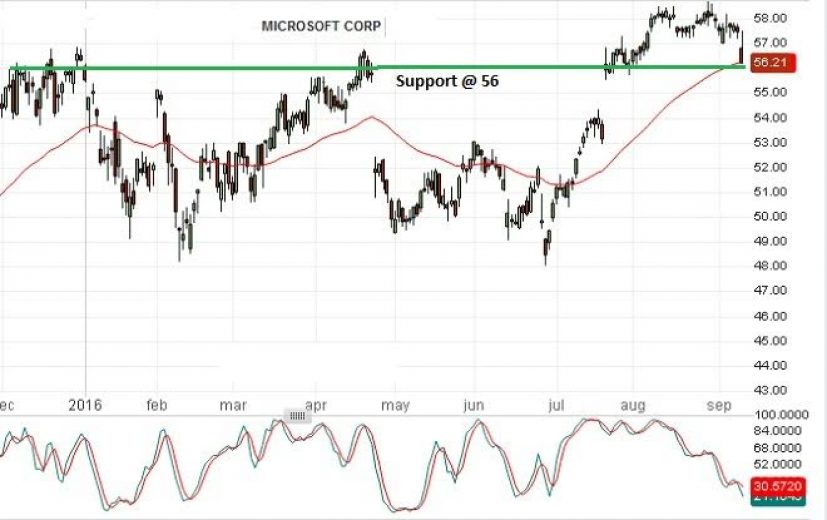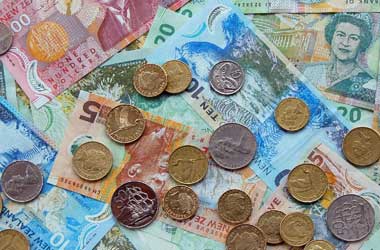 Even after reporting a 7% decline in the fiscal 2016 fourth-quarter revenue, the share price of Microsoft Corporation (NASDAQ: MSFT) continues to remain bullish.
Even after reporting a 7% decline in the fiscal 2016 fourth-quarter revenue, the share price of Microsoft Corporation (NASDAQ: MSFT) continues to remain bullish.
The stock, which closed at $56.21 on Friday, recently hit a 12-month high of $58.70. It can be argued that the rise in the share price is due to the fourth-quarter results that topped the Wall Street estimates.
However, as we explain below, there are plenty of other reasons which have created a bullish view on the software and cloud computing service provider.
The Redmond, Washington-based company reported a second-quarter net income of $3.122 billion or $0.39 per share on revenue of $20.61 billion, compared to a net loss of $3.195 billion or $0.40 per share on revenue of $22.18 billion in the fourth-quarter of 2015. The Q4 2016 non-GAAP revenue of $22.642 billion was higher than the Thomson Reuters estimate of $22.15 billion.
Microsoft Cloud Platform
Excluding impairment, integration, and restructuring expenses, among others, the Q4 non-GAAP income of $5.484 billion or $0.69 per share exceeded the analysts’ estimates of $0.58 per share. During Q4 2015, the company reported non-GAAP net income of $5.067 billion or $0.62 per share.
A research report from IDC indicated that the cloud spending will double to $140 billion in 2019. Microsoft, with its cloud product Azure, is all set to grab a major portion of the market share. Currently, Amazon (AMZN) is the uncrowned king of cloud computing services with a market share of 30%. Microsoft has a market share of 11% and is determined to close the gap. Microsoft reported Azure business revenue growth of 120% and 102% respectively during the first and second-quarter of 2016.
Microsoft does not provide details regarding its Azure cloud business revenue. However, Merrill Lynch estimates that the company is losing between 10% and 20% currently to remain competitive and gain customers. Merrill Lynch expects the company to realize margin in the range of 5% to 10% on revenue of $4.1 billion in the fiscal 2017.
Goldman Sachs has predicted 9.2% margin on revenue of $3.46 billion in 2016. The company’s acquisition of LinkedIn is expected to open several revenue streams for Microsoft in the months to come.
A report from the Synergy Research Group indicates that Microsoft has become the ‘numero uno‘ in the global enterprise SaaS (Software-as- a-Service) market with a market share of 15% at the end of Q2 2016. A year earlier, Microsoft was behind Salesforce with a market share of 7.9%.
Considering the above details and the growth prospects, the UBS analyst Brent Thill gave a price target of $64 for Microsoft.
After remaining range bound between 49 and 55 for almost a year, following the impressive fourth-quarter results, the stock broke above the resistance to record a new yearly high. The stock is currently consolidating at 58 levels as evident from the chart.
The stochastic indicator is nearing the oversold region. The share price continues to trade above the 50-day moving average. This indicates that the share price would soon rise further.
So, buying a one touch call option to capitalize on the probable uptrend would be the best strategy. A target price of $64, in line with the forecast of the UBS analyst, can be chosen by a binary trader. Finally, the trader should also select a contract validity period of one month for the recommended call option trade.





